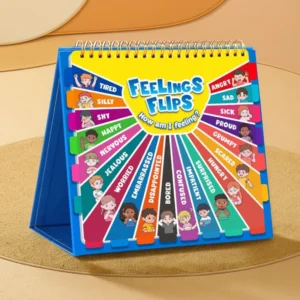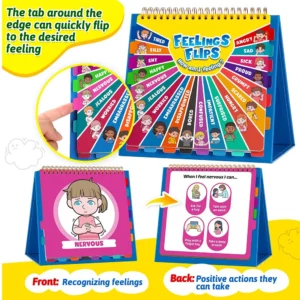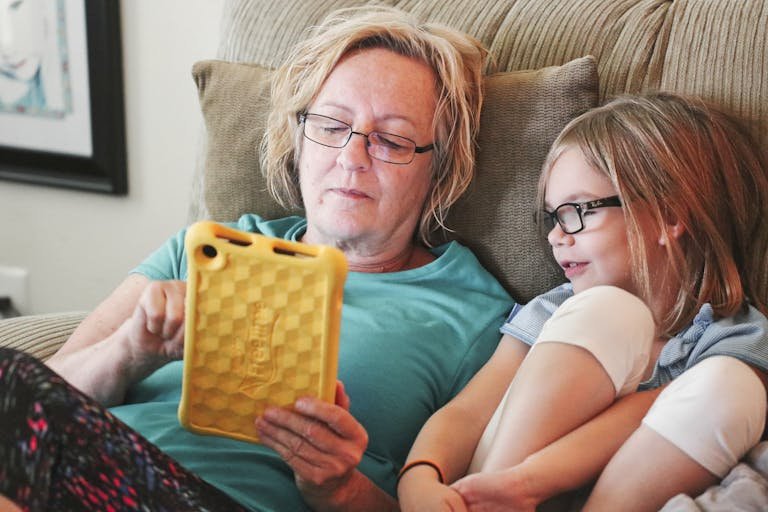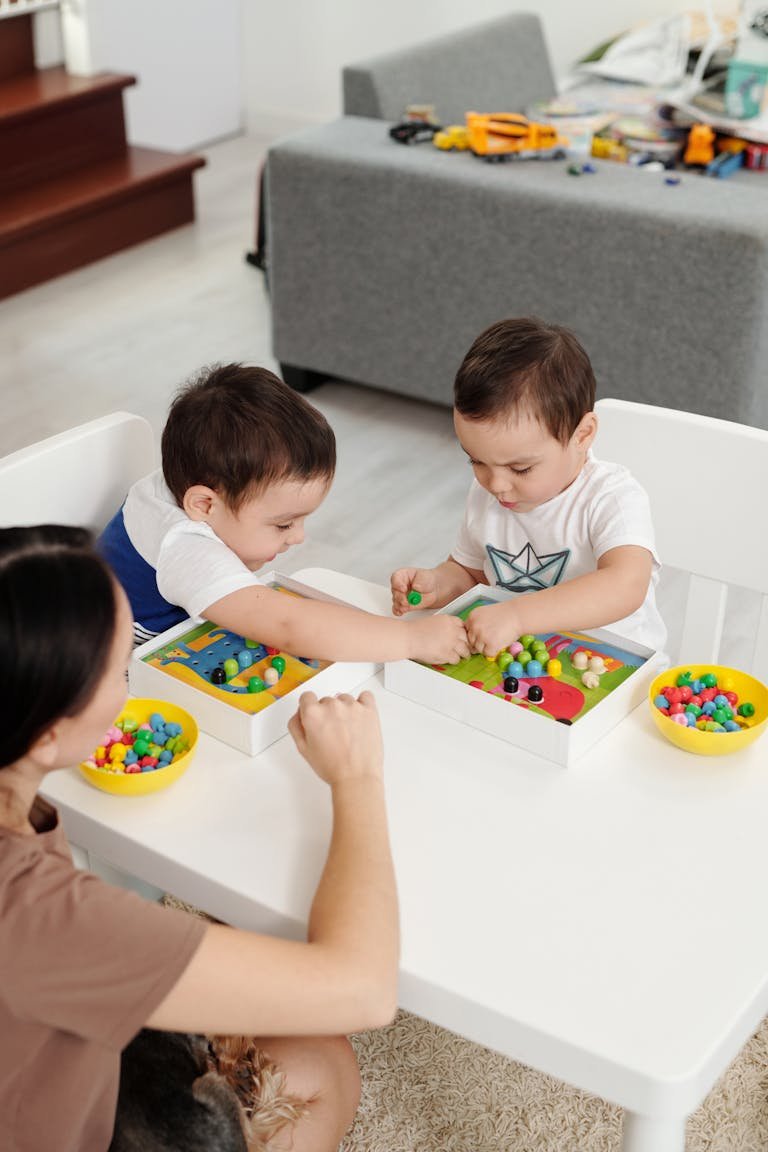
Oh, hello there, wonderful parents and amazing therapists! Let’s chat about something truly close to our hearts: helping our incredible neurodiverse kids navigate the beautiful, sometimes bewildering, world of feelings. If you’re anything like me, you’ve probably spent countless hours wondering how to truly connect with your child or client on an emotional level, helping them understand what’s bubbling up inside and what’s happening with others around them.
It feels like unlocking a secret garden, doesn’t it? A place where understanding emotions isn’t just a lesson, but a pathway to deeper connections. That’s what we’re aiming for when we focus on emotional recognition.
But sometimes, when we’re trying to help our neurodiverse learners, we bump into a few common hurdles. Understanding these can truly change how we approach teaching.
1. Missing the Clues: The World Speaks a Secret Language
You know, for many of our neurodiverse kiddos, the social world can feel like a game with unspoken rules. A laugh might not always mean joy, and a quiet moment could hold a hundred different feelings. They’re trying their best to decode the signals, but sometimes, those signals are just too subtle, too quick, or too abstract for them to catch.
- A furrowed brow, a slumped shoulder – these visual cues might just fly right by, making it hard to understand what someone else is feeling. It’s like trying to hear a whisper in a crowded room; the signals are there, but they’re easily lost in the shuffle.
- Imagine trying to read a story when half the words are missing. That’s often what it’s like for a child who struggles to pick up on these subtle social signals. They’re doing their best with incomplete information.
This is why we lean so heavily on clear, concrete, and visual teaching strategies, a cornerstone of effective ABA. We need to make those “whispers” loud and clear.
2. The Mystery of Their Own Feelings: A Swirling Mix Inside
Beyond understanding others, there’s the equally vital journey of understanding themselves. Imagine feeling a swirling mix of emotions inside, but not having the words or the understanding to name them. It’s incredibly frustrating and can lead to big meltdowns or withdrawal.
- When a child can’t identify if they’re feeling “frustrated,” “excited,” or “nervous,” how can they possibly communicate their needs effectively? This internal mystery can lead to intense emotional recognition challenges.
- Sometimes, what looks like a “behavior” to us is actually a cry for help because they don’t have the language or the internal map to explain what’s happening inside their own heart and mind. They’re trying to tell us something, but they’re missing the translation tools.
Teaching them to name and understand their own feelings provides them with an incredibly powerful tool for self-regulation and a key to unlocking their voice.
3. Social Slip-Ups: When Good Intentions Go Awry
When you don’t quite “get” why someone’s upset, it’s tough to know how to respond kindly or appropriately. These are often the “social slip-ups” that can be so heartbreaking for both our children and for us.
- A child might jump into a game at the wrong moment, offer an unhelpful comment, or even withdraw, not out of malice, but because they missed the underlying emotional recognition cues of their peers.
- It’s like trying to play a duet when you only know half the notes. You want to make beautiful music together, but without understanding the other player’s part, it’s tough.
By helping them connect the dots between feelings, situations, and appropriate responses, we empower them to build genuine, positive relationships and navigate social waters with more confidence.
Your Toolkit for Understanding Feelings
Now, for the wonderful news! We have so many ways to help bridge these gaps and nurture emotional recognition. As RBTs and parents, we know the value of structured, visual teaching, and there’s a treasure chest full of different tools out there!
While a beautifully illustrated flipbook, with its clear depictions of facial expressions and body language in relatable scenarios, can be an absolute gem for teaching these crucial skills, it’s just one of many wonderful resources. That’s the beauty of it! There are so many fantastic ways to support your child’s journey. You might discover:
- Emotion Cards: Perfect for quick identification games or flashcard drills.
- Social Stories: These narratives can walk children through complex situations, explaining feelings and expected behaviors step-by-step.
- Interactive Apps: Engaging and often playful ways for kids to explore emotions on a screen.
- Feeling Thermometers: Visual scales that help children gauge the intensity of their emotions.
- Even Board Games: Yes, many games are cleverly designed to encourage empathy and understanding of others’ feelings!
The real magic happens when you find the tools that light up your child’s unique spark. The consistency of using them, and the joy of discovering what resonates most, that’s what makes the difference.
Tiny Experiment for Your Corner: Next time you’re reading a story with your child, pause on a character’s face. Ask them, “What do you think they’re feeling right now? What clues can we see?” Then, grab your favorite emotion tool (maybe that flipbook, or some emotion cards!) and compare! It’s a sweet, simple way to bring learning into your everyday moments.
Bringing it Home: Gentle Steps for Everyday Learning
Integrating any tool for emotional recognition into your family’s rhythm can be so natural and rewarding. Here are some tips:
- “Feeling Check-ins”: Make it a gentle routine. Maybe a quick flip through your chosen emotion tool at breakfast, or before bedtime. Consistency is a warm hug for learning!
- Playful Role-Playing: Act it out! If the tool shows a happy face, you make a happy face. Then, “What does it feel like when you’re happy?” It’s pure fun, pure learning.
- Real-Life Connections: This is where the magic truly shines. When you see someone (even in a TV show or a book!), gently point it out: “Oh, look! That person seems surprised, just like in our book!”
- Shower with Positivity: Every little step, every correct identification, every attempt – celebrate it! Your encouragement is the brightest sunshine for their growth. (Remember, as Behavior Modification: Principles and Procedures by Miltenberger reminds us, positive reinforcement is incredibly powerful!).
- Go with the Flow: Your tools are here to support you, not to add pressure. If your child is captivated by one emotion, linger there. If they’re ready to move on, follow their lead.
Your Journey, Our Support: Discover More Awaits!
Dearest parents and dedicated therapists, supporting our neurodiverse children is a journey filled with unique joys and discoveries. Equipping them with strong emotional recognition skills is one of the most loving and empowering things we can do. It’s about opening up their world, building their confidence, and fostering the beautiful connections they deserve.
At our store, we understand this journey intimately. We’ve carefully curated a collection of resources, because we believe that the right tools, in the right hands, can make all the difference. While that wonderful flipbook is indeed a fantastic option, we invite you to explore the many other treasures waiting for you. Come visit us at www.tbtb.life to discover a full spectrum of support services and educational materials designed with your child’s unique needs in mind.
And please, share your own stories! What tools have you found that truly helped your child understand their feelings? Drop a comment below – we’re all here to learn and grow together.at tools have you found that truly helped your child understand their feelings? Drop a comment below – we’re all here to learn and grow together.





















